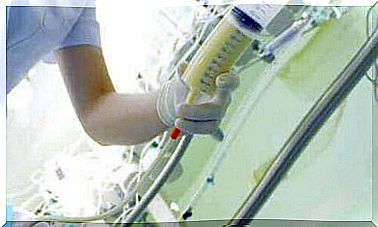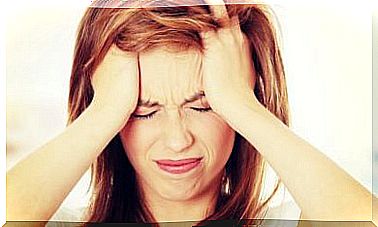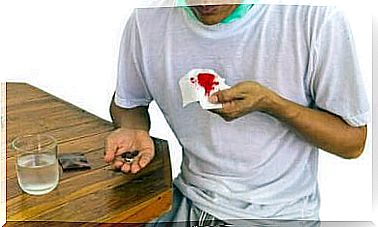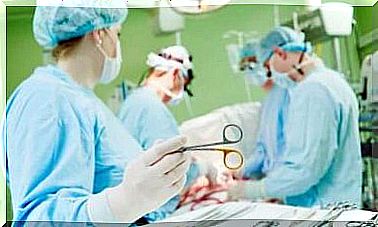Treatment Of Urinary Retention After Childbirth
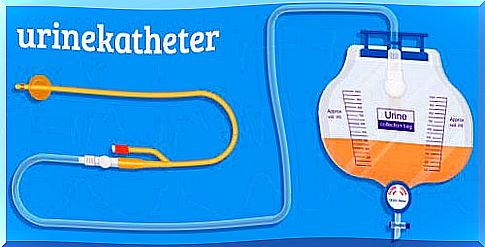
Urinary retention after delivery is the inability to urinate spontaneously in the 6 to 12 hours following a vaginal delivery. The most common cause of this problem is the lack of relaxation of the pelvic floor after vaginal delivery.
It can worsen as a result of a particularly painful episiotomy or after an assisted vaginal delivery. For this reason, it is very important to maintain good analgesia and to take appropriate measures in addition. In this way, the pelvic floor relaxes and the patient can urinate again.
Types of Urinary Retention After Childbirth
Urinary retention after childbirth can be classified into two groups. These are:
- Symptomatic. Here, the ability to expel urine is present, but accompanied by discomfort.
- Hidden or asymptomatic. In this case, doctors diagnose urinary retention after childbirth by a high residual volume. The volume of residual urine is equal to or greater than 150 ml after spontaneous urination on the first day after delivery.
Risk Factors for Urinary Retention After Childbirth
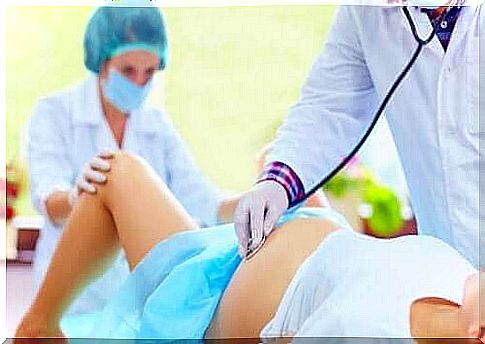
We will now share the risk factors that promote the onset of this condition. The fact that the patient suffers from one of these conditions does not automatically mean that she will also suffer from urinary retention after delivery. Read an English article about an investigation into this problem here.
However, it is more likely that this problem will occur. The risk factors for urinary retention after childbirth include:
- Prolonged first and second stages of labour.
- Vaginal delivery with assistance.
- Epidural anesthesia.
- Becoming a mother for the first time.
In addition, experts consider episiotomy and high birth weight as risk factors for asymptomatic urinary retention. Early detection is very important as it allows doctors to take preventive measures to reduce the adverse effects of childbirth.
It also helps doctors choose appropriate treatments to restore normal bladder function if the problem has indeed developed.
Diagnosis
In most cases, the diagnosis of urinary retention after delivery is only symptomatic if the patient has not been able to urinate spontaneously after 6 to 12 hours after delivery.
Treatment of patients with urinary retention after childbirth
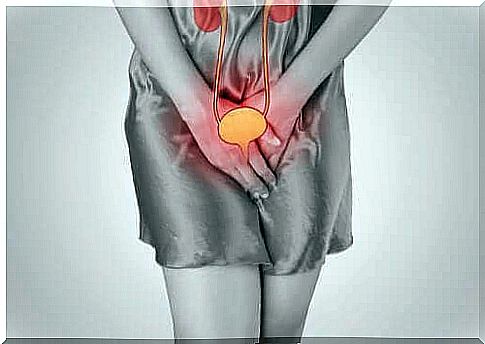
Patients who have had a normal vaginal delivery or an assisted vaginal delivery should always urinate in the first 12 hours. In the event that a woman has had a cesarean section, she must urinate for the first few hours after the indwelling catheter is removed. In other words, she should urinate on her own in less than about 12 hours after surgery.
- If this is not done within the set period, the doctors should optimize the treatment with painkillers and anti-inflammatory drugs.
- Also, the patient must undergo intermittent catheterization. This also allows doctors to monitor and evaluate the patient’s diuresis volume to adjust her fluid intake if necessary.
- If there is no spontaneous voiding within the next 3-4 hours, the patient should undergo secondary intermittent catheterization using a disposable catheter.
- And if the patient is still unable to urinate independently after this second intervention, she should be given a third.
However, doctors use a Foley catheter in this third intervention, which the patient must use for a week. The patient should squeeze and open the catheter when she feels the need to urinate.
However, she may not feel this need, so it is important that she open the catheter about every three hours to empty her bladder. The patient is discharged with this Foley catheter.
Pharmacological treatment
Doctors prescribe medication to prevent complications in patients with an indwelling catheter. The most commonly prescribed drugs fall into two groups:
- Antibacterial drugs. The patient must take this medication for as long as she is using the catheter.
- Anti-inflammatory drugs are also often prescribed to reduce (the chance of) local inflammation.
Conclusion
At the time of delivery, it is essential to administer and maintain good analgesia and to take appropriate measures to avoid postpartum urinary retention and other complications.
There are effective means of overcoming this inability to urinate spontaneously after a vaginal delivery such as using a catheter. Consult your doctor about the risks of this labor complication and the various options available to manage it.

